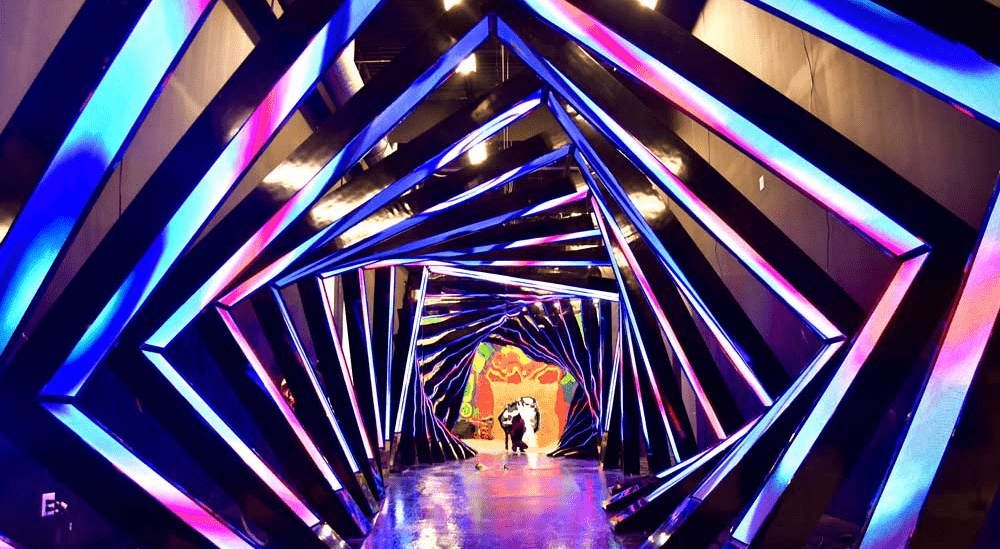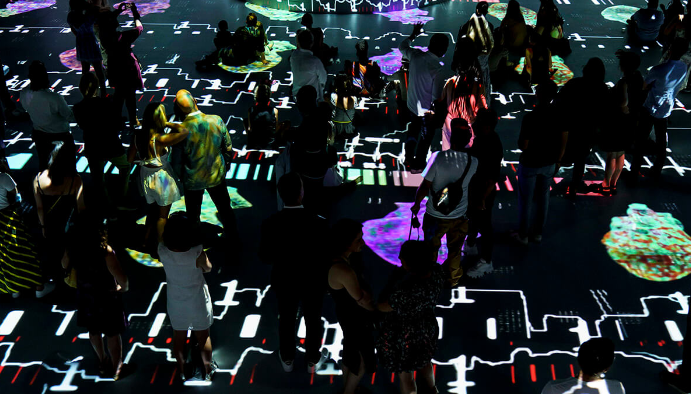
The new immersive art also reflects the rise of consumer digital technologies, and the behaviors and expectations that they cultivate. In “Contemporary Art and the Digitization of Everyday Life,” published in 2020, Janet Kraynak, an art historian and professor at Columbia University, argues that the museum, “rather than being replaced by the internet, increasingly is being reconfigured after it.” Museums now treat visitors as if they are the “users” of a consumer product, and thus cater to their preferences, creating “pleasurable, nonconfrontational” environments, and emphasizing interactivity. She suggests that, instead of striving to be places of pedagogy, museums are growing “indistinguishable from any number of cultural sites and experiences, as all become vehicles for the delivery of ‘content.’ ” Kraynak told me that she thinks the user-friendliness of museums is making them less challenging and interesting. “That friendliness is kind of pernicious,” she said. “They’re not equipping the beholder to go outside of oneself, outside of one’s comfort zone.” In this fashion, she went on, museums have assumed a therapeutic function.
Link: https://www.newyorker.com/news/letter-from-silicon-valley/the-rise-and-rise-of-immersive-art
- Comprehensive Public Safety Plan Survey: Equity - March 11, 2024
- Comprehensive Public Safety Plan Survey: Court System - March 11, 2024
- DC Comprehensive Public Safety Plan Survey: Surveillance // Privacy - March 11, 2024



























